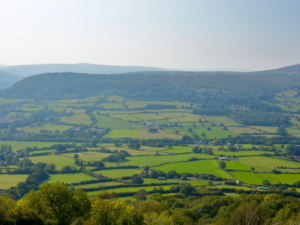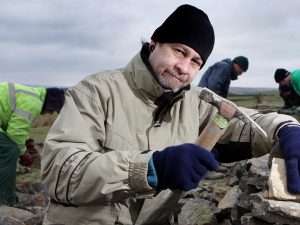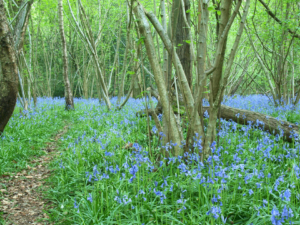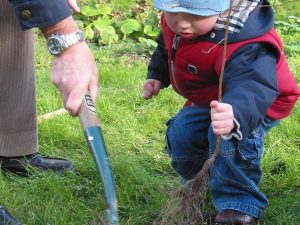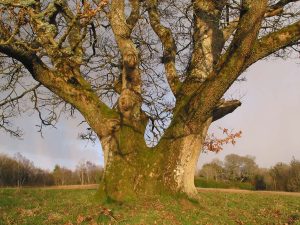Printed from: https://conservationhandbooks.com/why-manage-dunes/
Sand dune systems occur on the coast throughout the UK and Ireland. They support a diverse range of flora and fauna. Although inherently unstable to start with, once vegetation is established they are often protected from change by low-intensity grazing of cattle, sheep and rabbits. Changes can occur naturally, for example in violent storms, but […]

![By Emma Kelland [CC BY-SA 3.0 (https://creativecommons.org/licenses/by-sa/3.0)], from Wikimedia Commons](https://conservationhandbooks.com/wp-content/uploads/2018/07/path-760x397.jpg)




